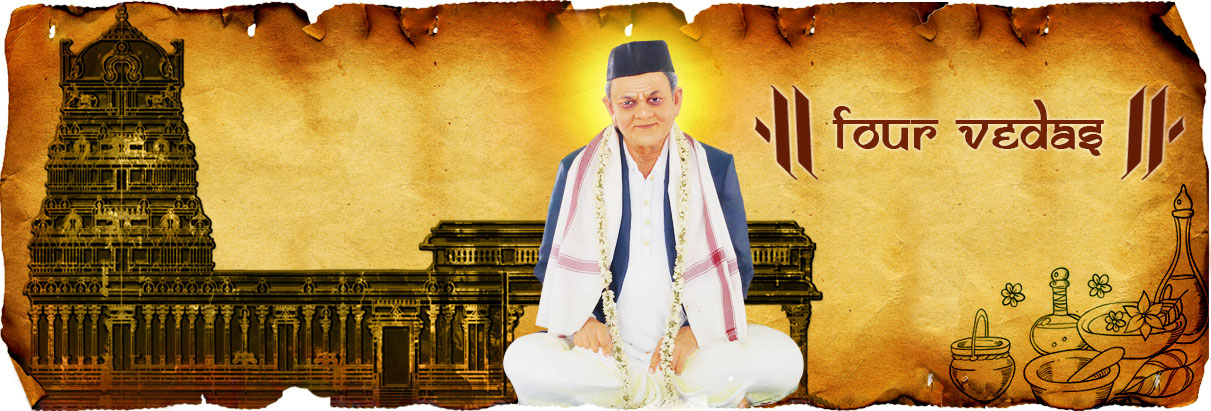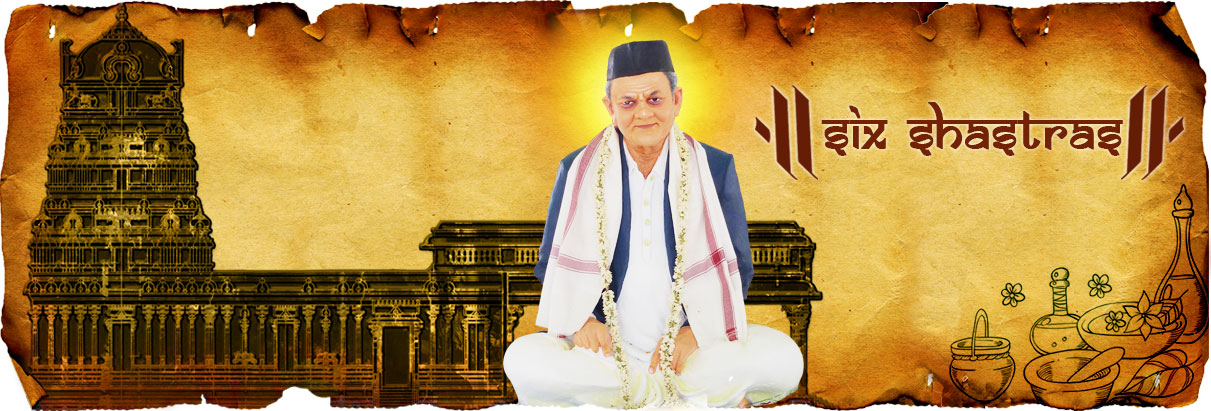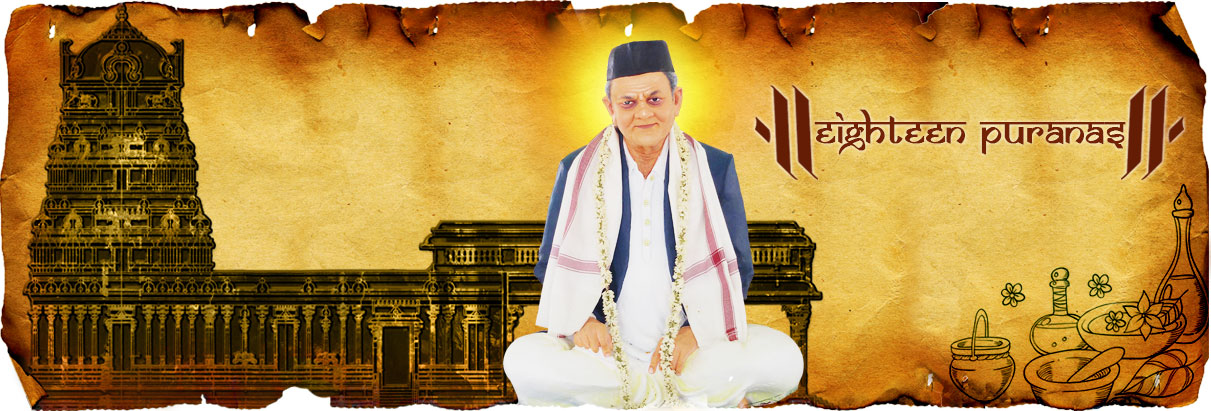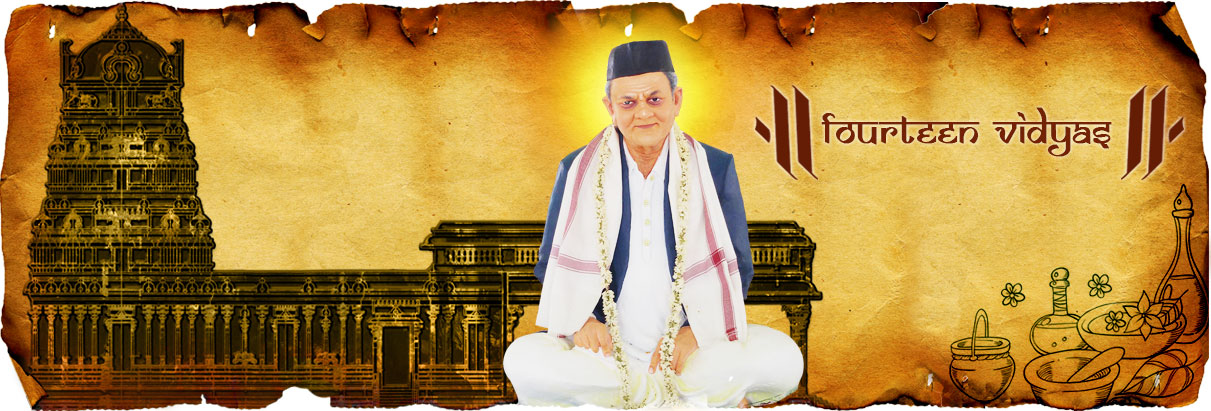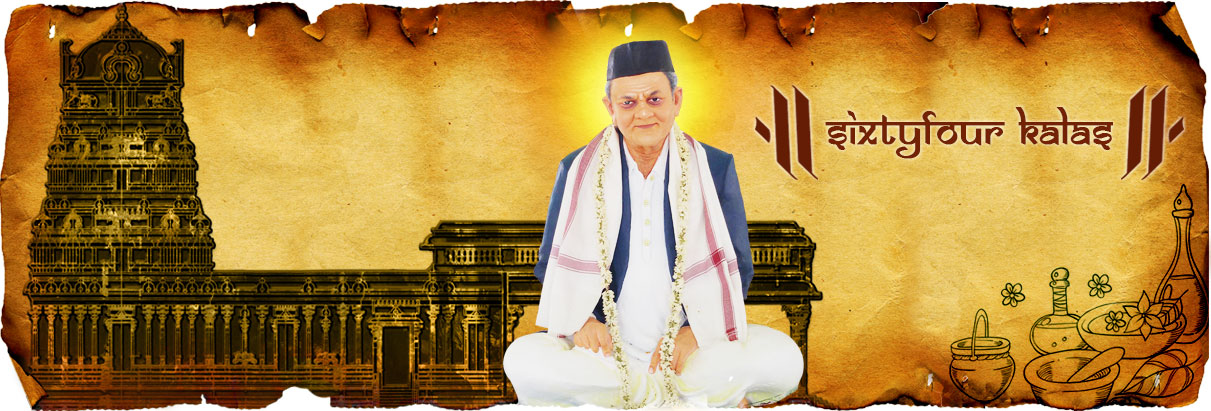Revered Shri Sardeshmukh Maharaj, an enlightened soul, was a noble heart that saw many dreams. Since childhood, this enlightened soul took great interest in various sciences, arts and other subjects. This multifaceted jewel stone, glistened even brighter with the blessing of His Holiness Shri Malimaharaj since the year 1943. Maharaj dreamt of dispersing the knowledge he had on various subjects. With this feeling in mind he established the Vishwashanti Dham, an abode to seek world peace through information interchange. For this he donated an expanse of 63 acres of land, which he owned. He dreamt this to be an ideal place for students, who wished to seek knowledge in various subjects. They would live together as a family, under the kind shade of the Gurus (teachers). This system would be much different from the regular schooling, as staying with the Guru would give him the opportunity to observe and develop the overall personality of his students. The Bharatiya Sanskriti Darshan Trust was established to harbor various Indian sciences and cultures. A very symbolic logo was designed, which reflects the ideology of this trust. The logo of the trust symbolizes the values of ancient tradition. It mentions the various arts & sciences as mentioned in the Indian tradition. The 4 Vedas, 6 Shastras, 18 Puranas, 14 Vidyas & 64 Kalas which reflect in this logo shall be defined further. A knowledge of all these sciences is like the expanse of the oceans. The ‘Om’ is the significance of peace. The logo was chosen with the desire to spread knowledge across the world and maintain a balance between peace & knowledge. This was the ideology behind the designing of the logo.
Four Vedas
Veda are the basis of the Indian religion and culture. It is said that even before the development of mankind, this literature was created by God for its betterment.
Veda, which means knowledge, topics of knowledge and or source of knowledge. Vedas guide to achieve the desired, through knowledge that is beyond human capabilities. Various philosophers have various opinions about the origin of the Vedas. Their respective followers, follow the trends further.
Veda comprises the basis of the Arya religion. Those who desire to study the Indian culture do use the Vedas for its basis. It describes the spiritual and cultural set up. Adip into the Vedas can help in the better understanding of the Indian tradition.
There are four Vedas. The Rugveda, Yajurveda, Samveda and Atharvaveda. This brief in look conveys the essence of this subject. While studying the Indian culture Vedas enjoy a prime role thus it has been included in the logo.
Six Shastras
The Shastra, mentions human religion and deeds that should be characterized by qualities of attachment and detachment. The Shastras impart an insight to knowledge, serves as a remedy to perplexity and bestows a vision to a person blinded with ignorance. It preaches the philosophy of life. It posses to be the light house in our life. Knowledge can also bring us to a bifurcation. The knowledge of shastra helps us to understand and analyze a perplex situation thus prompting us to take an appropriate decision. It gives us a mature, channelized, and logical approach.
Shastra is also termed as Darshana. Darshana, which means vision, seems to be an appropriate alternative. The ancient ‘Darshana Shastra’ includes Nyaya, Vaisheshik, Sankhya, Yoga, Mimansa and Veda.
The Shastras include information of living things, the world, God and moksha, primely.
Eighteen Puranas
Puranas are the basis to understand the Indian culture.
Puranas have explained the Bharatiya culture in a narrative manner. People, who do not have a detail knowledge of the Vedas, people, who are not much literate, find the puranas interesting and easy to understand.
Cultural importance of Puranas-
The style of narration & the simplicity of the language used in the puranas, helps the people to understand the fundamentals of Hinduism better. Vedas have explained the same in a very intricate way, while the purana’s objective is to simplify it, so that the knowledge reaches the masses. Vedas have described ‘knowledge’ as very difficult, abstract and beyond the reach of common people, while puranas made it very approachable. As knowledge is enlightening and it helps in understanding the superpower better, the common man is not under fear of its power. He worships the almighty with a better understanding and feels a harmony and proximity with God.
The scientific fundamentals of Puranas :
- Pashuvaidyak :- This branch deals with the veterinary science. Pashuvaidyaka, imparts information about ‘Ashwachikitsa’which includes not only the treatment of the ‘Ashwa’or horses, also the signs of selection of a good horse. Amongst the animals, the horses are given more consideration as they are useful for trade, transit, wars etc. This appears in the Agni Purana.
- Ayurved :- References regarding Ayurved are found in the Garuda Purana.These include examination of herbs, their identification, maintenance, medicinal values etc.
- Ratnapariksha :- Deals with the examination of valuable gems. Various gems have their respective effects on planets which govern our health. Examination helps to determine the quality of the jewels before they can be adored. The gems also have a medicinal value. Garuda Purana includes this information.
- Vastuvidya :- This is the science of architecture. Right from selection of the land to the direction of various rooms, its importance is mentioned here. This appears in the Matsya, Garuda and Agni Purana.
- Samudrikvidya :- External signs of a person indicate a lot. It speaks about the good or bad health as well as the future life of an individual. Agni and Garuda Purana contains this.
- Dhanurvidya :- The science of archery. Bow and arrows were primly used during warfare. Thus importance is given to the making and it’s usage. A compiled information about this science is mentioned in Agni Purana.
Fourteen Vidyas
Knowledge derived through various mediums is termed as Vidya.
Knowledge is considered most pious in the Bharatiya (Indian) Culture. As these Vidyas are important, they appear as a part of the trust’s logo.
Fourteen extraordinary Vidyas that occur in the Puranas are as follows :
- Anulepana Vidya: Description of a particular ‘Lepa’ or ‘Paste’ is mentioned. When this Lepa is applied to the feet, a person can easily walk for miles or climb the Himalayas. A reference available in the Puranas, narrates a tale about a Brahmin (learned scholar), who applies this Lepa, and is able to climb the Himalayas with ease. As he captured the heights, the sun-rays that melted the ice/snow, washed away the Lepa. Thereafter the Brahmin lost the special capacities of walking the distances with ease.
- Sweccharupadharini Vidya: With this knowledge, a person can change forms as per his desire. A giantess called Madanika, giant Mahishasura, king Darmamurti, and some others knew this technique.
- Astragamarhudya Vidya: This knowledge was informative about the use of various weapons. It would help to gain victory over enemies. A scholar, named Manorama passed this knowledge to Manu.
- Sarvabhutaru Vidya: This knowledge enables a person to interpret the various calls of animals, birds, insects, etc. A scholar called Vibhavari blessed Manu with this knowledge.
- Padmini Vidya:The knowledge to unearth hidden treasures.
- Rakshoghna Vidya: The knowledge by which the ill minded, who would disturb the smooth functioning of the holy rituals, could be kept at bay.
- Jalandhari Vidya: Although the specifications of this vidya are not clear, Valmiki passed this vidya to Lav & Kush.
- Parabala Vidya: The knowledge, which would give spiritual powers. Lady Tripura, bestowed this knowledge on Arjuna, by which Krishna’s various forms would reveal to him.
- Purushapramodini Vidya: The knowledge by which females were used to hypnotize men. This has been mentioned in the Agni Purana.
- Ullapanavidhana Vidya: The knowledge by which one could straighten twisted things. Lord Shrikrishna helped to straighten the deformed/ twisted body of a lady called Kubja.
- Devahuti Vidya: The Vidya by which one could summon the Gods.
- Yuvakaran Vidya: Any old object could be revived with the help of this Vidya. Shakuntala had this knowledge. This has been mentioned in the Bhagwat Purana.
- Vajravahanika Vidya: The knowledge by which one could spot & kill enemies in disguise.
- Gopalamantra Vidya: The knowledge by which one could have prowess in his speech to make things come true.
Sixtyfour Kalas
The various creations of God are termed as Kalas.
In the Rugveda, one finds the mention of the word Kala. In all there are 64 Kalas described in the ancient Indian texts. You would be interested to know that in ancient times too, there was much awareness and appreciation towards the various art forms. There were various art forms practiced by artisans. Meanings of some of these art forms are not very clearly understood by us although we have the best of effort. We wish that our readers enjoyed reading this information as much as we have enjoyed
1) Geet
2) Vadya
3) Nrutya
4) Natya
5) Alekh
6) Visheshkacchedya
7) Tandulakusumavalivikara
8) Pushpastarana
9) Dashanavasanangraga
10) Manibhumikakarma
11) Shayanarachana
12) Udakvadya
13) Udakghat
14) Chitrayoga
15) Malyagranthavikalpa
16) Keshashekharapidayojana
17) Nepathyayoga
18) Karnapatrabhanga
19) Gandhayukti
20) Bhushanbhojana
21) Indrajala
22) Kauchumarayoga
23) Hastalaghava
24) Chitrashabdapupabhakshyavikarakriya
25) Panakrasa
26) Suchikarma
27) Sutrakarma
28) Prahelika
29) Pratimala
30) Durvachyoga
31) Pustakvachan
32) Natikakhyayikadarshan
33) Kavyasamasyapurti
34) Pattika
35) Turkakarma
36) Takshan
37) Vastuvidya
38) Raupya
39) Dhatuvadha
40) Maniraganyana
41) Akargnyan
42) Vrukshayurvedyoga
43) Meshlavakakukkutayuddhavidhi
44) Shukrasarika
45) Utsadana
46) Keshmarjanakaushal
47) Aksharamushtikakathana
48) Mlechitakalavikalpa
49) Deshbhashagnyana
50) Pushpashakatikanimittagnyana
51) Yantramatruka
52) Dharanamatruka
53) Sampathya
54) Manasikavyakriya
55) Kriyavikalpa
56) Chalikayoga
57) Abhidhanakosha
58) Vastragopana
59) Dhyuta
60) Akarshanakrida
61) Balakridakarma
62) Vainayikividyagnyana
63) Vaijapikividgnyana
64) Vyayamikividgnyana

